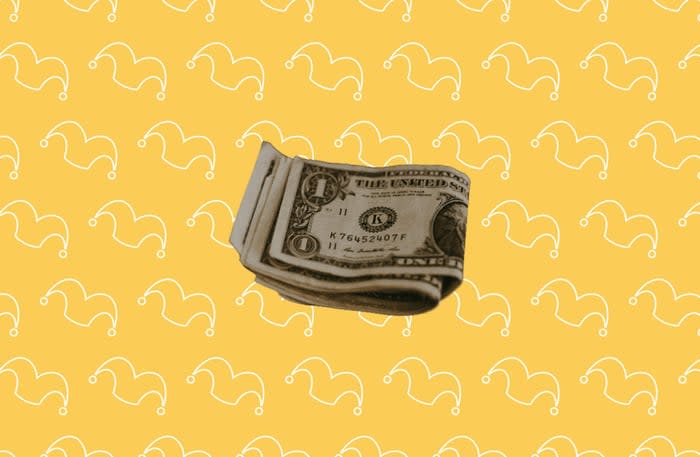Want to Buy CDs? Here's Why You Need a (Simple) Plan

Image source: The Motley Fool/Upsplash
Taking a financial planning class is great, and reading about personal finances can only add to your knowledge, but there's nothing like real-life experience to teach you what does and does not work for you. When it comes to certificates of deposits (CDs), it's pretty hard to get it wrong. However, that doesn't mean CDs are foolproof. I have personally found a way to mess it up a couple of times.
The first CD-related mistake I made involved not having an adequate emergency savings account before locking my money into a CD. The next involved opening a CD without making a plan for it. This second issue has convinced me that putting a simple plan in place can help you squeeze the most from your investment. Here's how.
The basics
If you're unfamiliar with how CDs work, here's a quick breakdown:
A bank, credit union, or other financial institution offers a fixed interest rate in exchange for keeping your money in an account for a specific amount of time. The CD "matures" once that time passes.
If you withdraw the money before the maturity date arrives, you may be penalized by losing the interest you would have earned.
If you leave your money in the CD, you'll receive the principal, along with your promised interest, at maturity.
CDs sound fairly straightforward, don't they? CDs are among the few investments you can make that are FDIC-insured and offer a guaranteed interest rate. As a bonus, current CD rates are among the highest annual percentage yields (APYs) in banking. But entering a new CD with a simple plan can help you make a great banking product even better.
First things first
The best way to avoid withdrawing money from a CD before it matures is to build an emergency fund with enough money in it to cover three to six months' worth of bills. That's not to say you need three to six months' worth of income, but rather, enough to cover your basic bills if you suddenly become ill or suffer a job loss.
Establish your goals
Fortunately, there's nothing at all complicated about coming up with a plan. Once you have an emergency fund in place, make a list of your goals -- both short- and long-term. Next to each goal, write down an estimate of when you would like to have the money to meet that goal. Here's an example:
Weekend trip to the beach: Six months
Down payment on a larger home: Three years
New car fund: Five years
Help child with college costs: Seven years
European vacation after retirement: 10 years
As mentioned, your list may look nothing like this. The point is to determine your personal goals and how long you have to save up for them.
Match your CD to your goal
Say one of your goals is to help your child pay for college, but you have seven years to save. You notice that interest rates on 1-year CDs are currently higher than the rates on CDs with longer terms. You also notice that some of the financial institutions you check don't offer CDs with terms longer than five years (60 months), which means you'll have to do more looking around.
For convenience, you decide to go with the highest rate you can find and lock into a 1-year CD. However, by the time the CD matures, the Federal Reserve has lowered interest rates across the board, and the bank is only paying a 2% APY on new CDs. Now you wish you could go back a year and lock into the highest rate you could find on a 7-year CD.
When interest rates were still high, you could have put the money you were saving for your child's education into a high-yield savings account or money market account (MMA), but that wouldn't have helped in the long run. Both of those accounts carry variable interest rates, meaning they drop when the interest rate drops.
By investing in CDs that match your savings goals, you can rest assured that you will receive a guaranteed return on your investment. Without a plan, the best you can hope for is that rates remain high.
Alert: highest cash back card we've seen now has 0% intro APR until 2025
This credit card is not just good – it's so exceptional that our experts use it personally. It features a 0% intro APR for 15 months, a cash back rate of up to 5%, and all somehow for no annual fee!
Click here to read our full review for free and apply in just 2 minutes.
We're firm believers in the Golden Rule, which is why editorial opinions are ours alone and have not been previously reviewed, approved, or endorsed by included advertisers. The Ascent does not cover all offers on the market. Editorial content from The Ascent is separate from The Motley Fool editorial content and is created by a different analyst team.The Motley Fool has a disclosure policy.
